Da Nang has begun to slow down after "long strides", so the Lien Chieu port project is a long-term driving force for the city in the coming time, according to the National Assembly Chairman.
On the morning of November 11, National Assembly Chairman Vuong Dinh Hue attended the National Great Unity Day in Residential Area 10, Hoa Hiep Bac Ward, Lien Chieu District after inspecting the actual progress of the Lien Chieu Port project at the foot of Hai Van Pass. This is a residential area near the sea and Kim Lien railway station, where the city is implementing the port project.
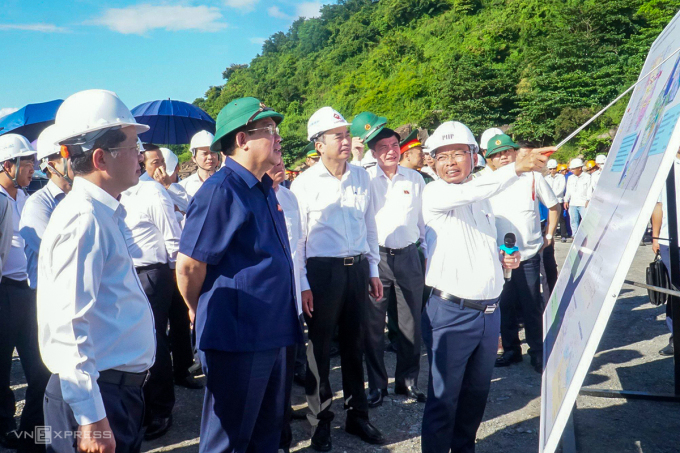
National Assembly Chairman inspects construction progress of Lien Chieu Port. Photo: Nguyen Dong
Talking to the people, Mr. Hue said that Lien Chieu is planned to be a type I deep-water port with an important location, a connecting point of the international East-West economic corridor, and a gateway to the entire Central region.
The port's estimated capacity by 2045 is up to 100 million tons of cargo passing through a year. When put into use, the port's general wharf will have a capacity of 100,000 tons, and the container wharf will have a capacity of 200,000 tons. According to the National Assembly Chairman, there are few ports in the city with the scale of Lien Chieu Port. The State will invest 3,000 billion VND to invest in shared infrastructure, calling for synchronous investment in this port.
"Hai Phong City collects more than 100,000 billion VND in budget revenue each year thanks to the port. Ho Chi Minh City collects 140,000 billion VND in import and export revenue each year thanks to the port. Meanwhile, Da Nang City only collects tens of thousands of billion VND," said Mr. Hue, adding that in the past 10 months, the city collected only 18,000-19,000 billion VND in budget revenue. Therefore, Lien Chieu Port will help increase budget revenue and be one of the long-term driving forces for Da Nang in the coming time.
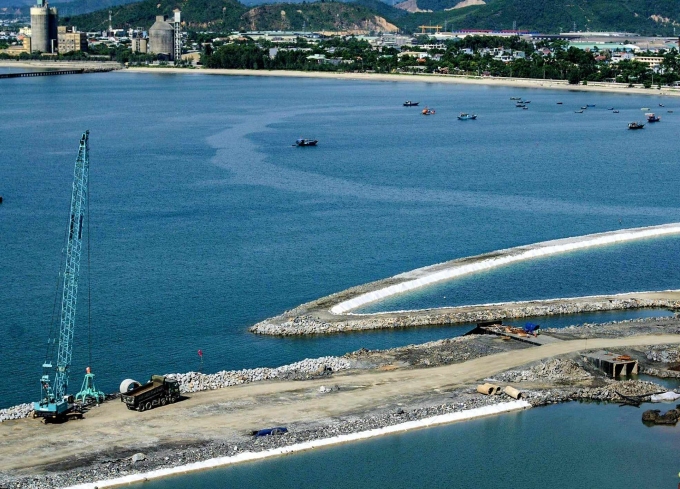
Lien Chieu port area under construction. Photo: Nguyen Dong
The total number of files that need to be cleared for the project in Hiep Hoa Bac residential area is 255, including 40 residential land files, 196 agricultural land files, and 19 other land files. Reporting to the National Assembly Chairman, many households said that the compensation value for land, houses, and other structures was not enough to pay for resettlement land and rebuild houses. Meanwhile, people are not eligible to owe resettlement land money according to regulations.
In addition, some households with many people, three generations living together, had their land recovered but were arranged a resettlement plot or an apartment, so it was very cramped, not ensuring a better life than the old place according to the spirit of Resolution No. 18 of the Central Committee.
Taking note of the comments, the National Assembly Chairman requested that the locality take better care of the lives of the people in the area, especially the households affected by land clearance for the project. At the same time, the government needs to pay attention to the livelihoods of the people when implementing the project, switching from agriculture and fishing to logistics services, handicrafts... to increase income.
Believing that when implementing the project, it is inevitable that problems will arise and more or less affect people's lives, he asked people to "join hands and agree with local authorities in implementing the project".
Lien Chieu Port Project has an area of 450 hectares, including 8 container terminals receiving ships of 30,000-200,000 DWT; 6 general terminals receiving ships of 30,000-100,000 DWT; 1,200m of inland waterway terminals and 6 liquid and gas terminals; the exploitation capacity reaches 50 million tons per year by 2050. The total investment is more than 3,400 billion VND, of which the capital from the central budget for the period 2021-2025 is about 3,000 billion VND, the rest is from the local budget.
The project will start construction at the end of 2022 and is expected to be completed at the end of 2025. When Lien Chieu Port comes into operation, it will reduce the load on the existing Tien Sa Port (expected to be converted to serve cruise ships), while also reducing transportation pressure in the inner city.
Source link





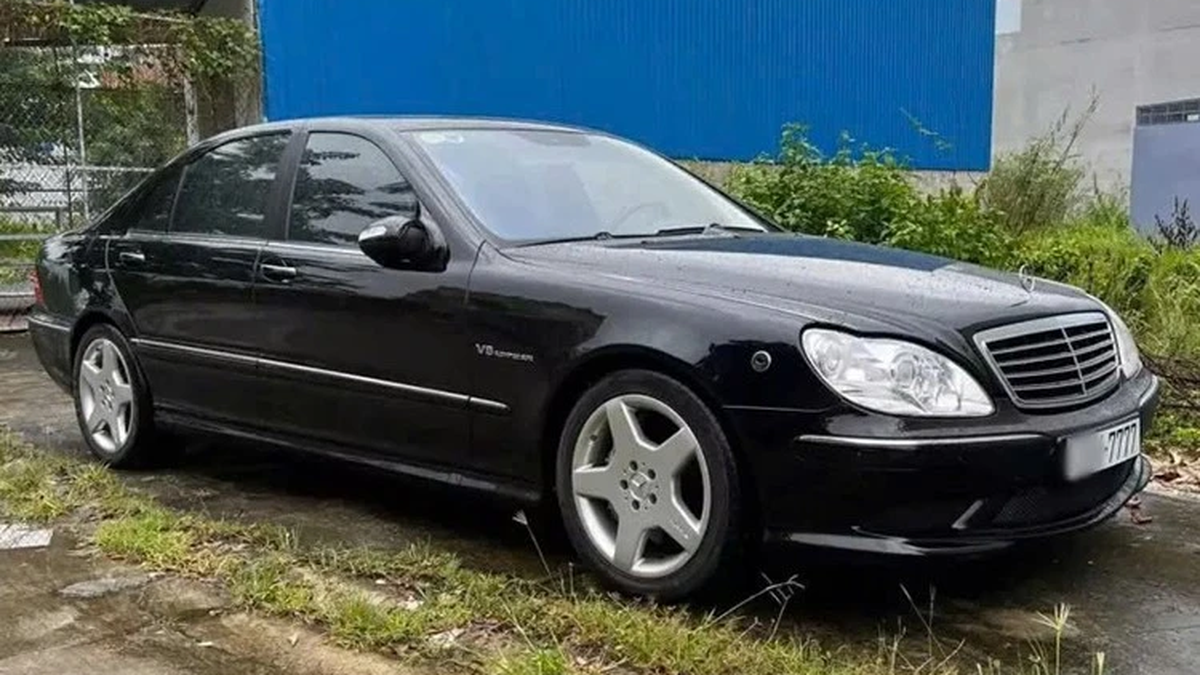

![[Photo] National Assembly Chairman Tran Thanh Man receives Chairman of Morocco-Vietnam Friendship Association](https://vphoto.vietnam.vn/thumb/1200x675/vietnam/resource/IMAGE/2025/7/26/b5fb486562044db9a5e95efb6dc6a263)


![[Video] New advances in technology for identifying martyrs' remains](https://vphoto.vietnam.vn/thumb/1200x675/vietnam/resource/IMAGE/2025/7/26/ef0db1b91ceb445badc48179e7d272a1)
















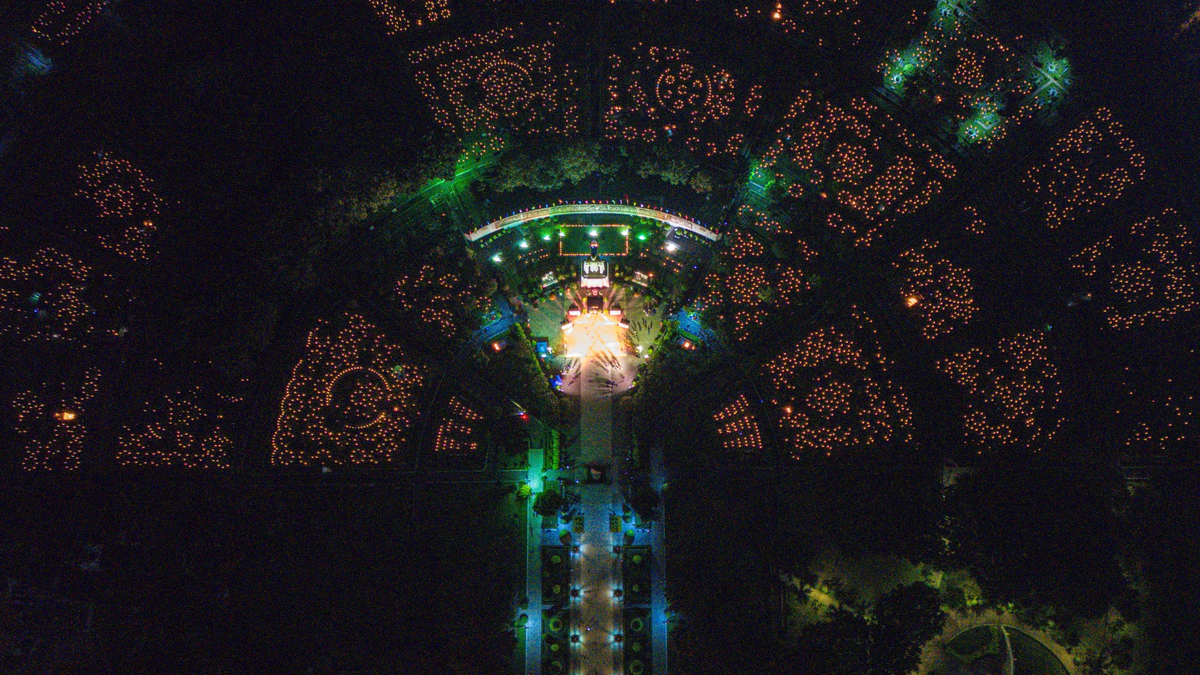



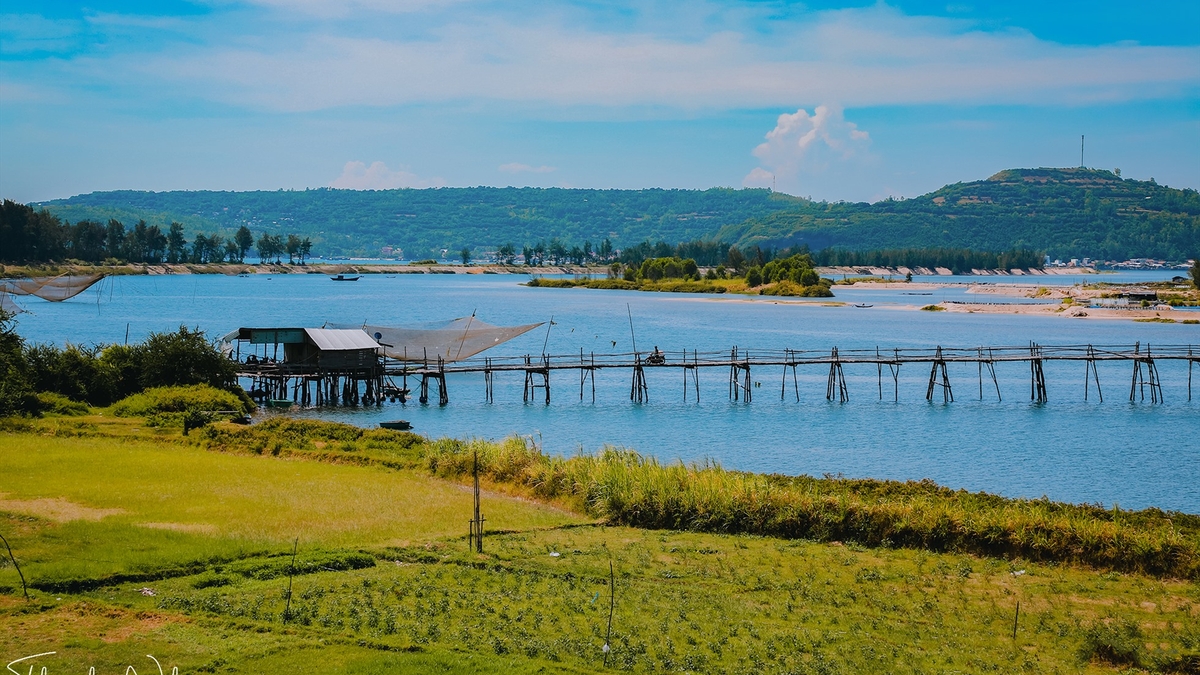



















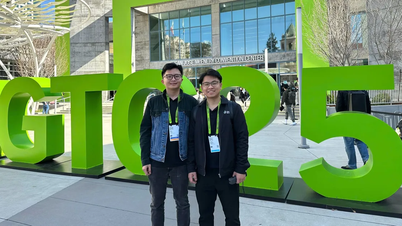







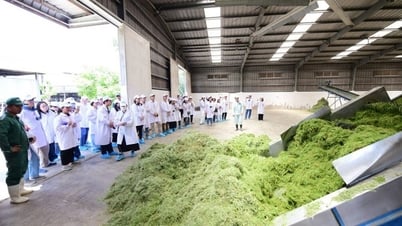

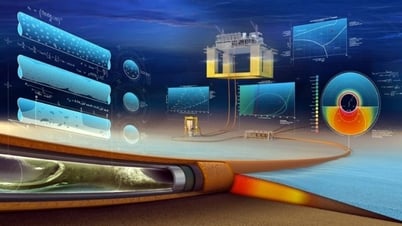
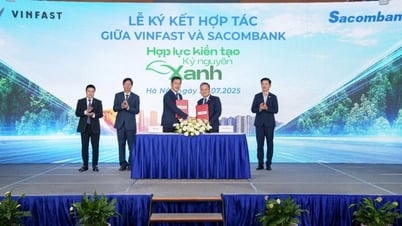
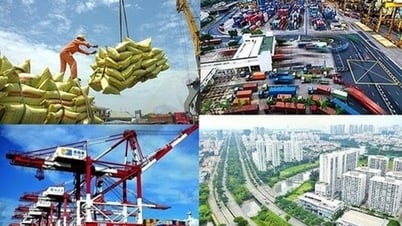









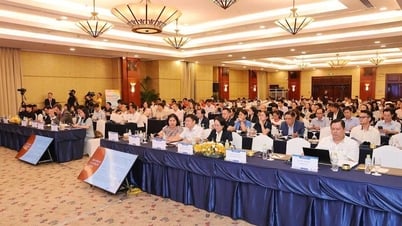




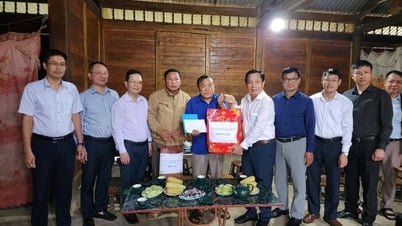
























Comment (0)